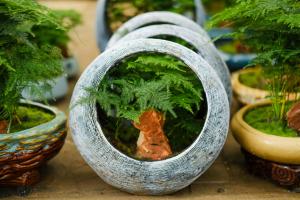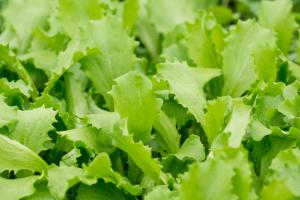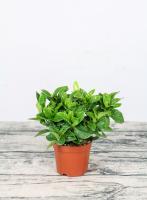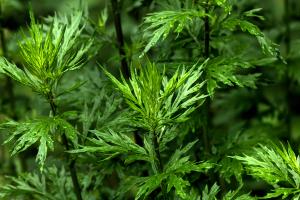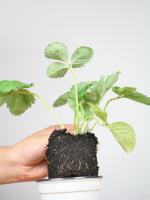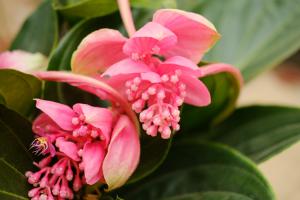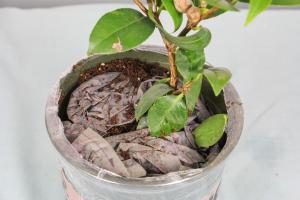Introduction
Carnivorous plants are unique plants that can capture and digest insects and other small animals. These plants require specific growing conditions, including the appropriate potting media. In this article, we will discuss how to choose and make the perfect potting media for carnivorous plants.
What is Potting Media?
Potting media is a mixture of materials used to grow plants in a container. The potting media must be able to retain water, provide support for the plant, and allow for root aeration. When it comes to carnivorous plants, the potting media must provide these qualities while also being free-draining and low in nutrients.
Choosing the Right Materials
The first step in making the perfect potting media for carnivorous plants is choosing the right materials. The most common materials used include peat moss, perlite, and silica sand. Peat moss provides a low-nutrient base that retains moisture while perlite and silica sand provide aeration and drainage.
Mixing the Potting Media
Once you have selected your materials, it's time to mix them together. A common recipe for carnivorous plant potting media is 1 part peat moss, 1 part perlite, and 1 part silica sand. Mix the ingredients together until they are well blended.
Testing the Potting Media
Before planting your carnivorous plants, it's important to test the potting media. Take a handful of the mixture and squeeze it, if the water drains out quickly and there is no visible peat moss, then the potting media is ready for planting. However, if the mixture clumps together and doesn't drain well, you may need to add more perlite or sand.
Planting Carnivorous Plants
When planting carnivorous plants, it's important to be gentle with their delicate roots. Place the plant in the center of the pot and fill in with the potting media until the soil level reaches just below the rim of the pot. Press down gently on the soil to ensure good contact between the roots and potting media.
Caring for Carnivorous Plants
Carnivorous plants require specific care to thrive. They need to be kept in a location with bright, indirect sunlight and watered with distilled water or rainwater. Never use tap water, as the minerals can harm the plant. Additionally, never fertilize carnivorous plants, as they get their nutrients from the insects they capture.
Conclusion
In conclusion, choosing and making the perfect potting media is essential to successfully grow carnivorous plants. By following these steps, you'll be able to create a potting media that provides the right balance of moisture, aeration, and drainage. Remember to test the potting media before planting, and care for your plants using distilled water or rainwater and avoiding fertilizers. Happy planting!

 how many times do yo...
how many times do yo... how many planted tre...
how many planted tre... how many pine trees ...
how many pine trees ... how many pecan trees...
how many pecan trees... how many plants comp...
how many plants comp... how many plants can ...
how many plants can ... how many plants and ...
how many plants and ... how many pepper plan...
how many pepper plan...